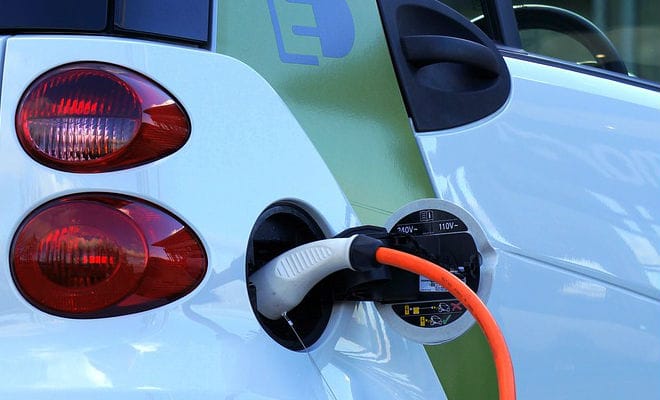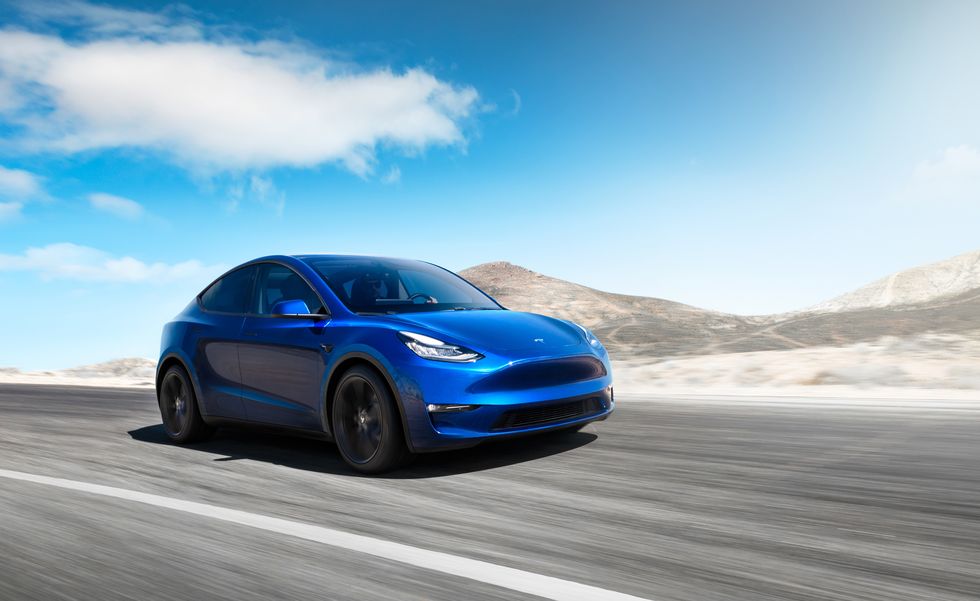
The hybrid car is over 100 years old. It began with Ferdinand Porsche who, in 1900, added two gasoline engines to his electric vehicle. They turned dynamos powering motors in the wheels with excess electricity going into the battery. This way, Professor Porsche could drive purely on electric power until the battery was depleted, then he would start his engines.
Modern hybrid cars aren’t that different, although today there is an option that wasn’t available to Porsche: the plug-in hybrid. This has advantages over the conventional hybrid, but also adds some cost. Here’s a closer look at the plug-in hybrid.
Hybrid Car Recharging Batteries
A hybrid, (technically, a hybrid electric vehicle or HEV,) is recharged in two ways:
- Regenerative braking captures energy that would otherwise be wasted and puts it into the battery.
- Manufacturers vary in how they do this, but the gasoline engine can be used for charging, just as the Professor did.
The plug-in hybrid electric vehicle, (PHEV) adds a third option: plug it into mains electricity and recharge as you would a pure electric vehicle (EV). This means adding a charging port and system to the vehicle. Most manufacturers enlarge the battery, all of which add cost.
Plug-In Hybrid Benefits
A PHEV can go further and faster on electric power than it’s HEV cousin. If the PHEV owner/driver plugs-in to recharge overnight, (at 120 or 240V) and has a relatively short commute it’s likely the gasoline engine will never fire up. In effect, they’re driving an EV. The biggest advantage, however, is that should they need to make a longer trip, they can.
Plug-In Hybrid Facts
Most manufacturers offer PHEV’s. The Ford Fusion provides a good data point. The Fusion Hybrid gets an EPA combined mileage number of 42 mpg while the plug-in Fusion Hybrid Energie gets 97MPGe on the combined cycle. The Energie gives up some trunk space to the bigger battery, but can go 21 miles on electric power alone.
Then there is the Prius. Known to many as the hybrid, Toyota recently added a plug-in model, the Prius Prime. This has an electric range of 25 miles and achieves over 100MPGe. Both Fusion and Prime can be recharged overnight at 120V or in under three hours at 240V.
Overall, for car buyers interested in a EV but anxious about range, a PHEV might be the way to go.




